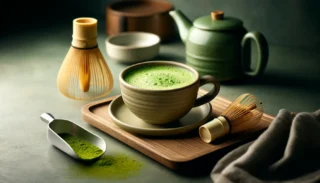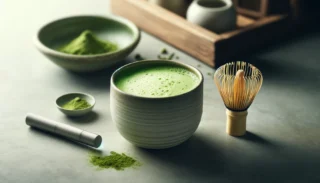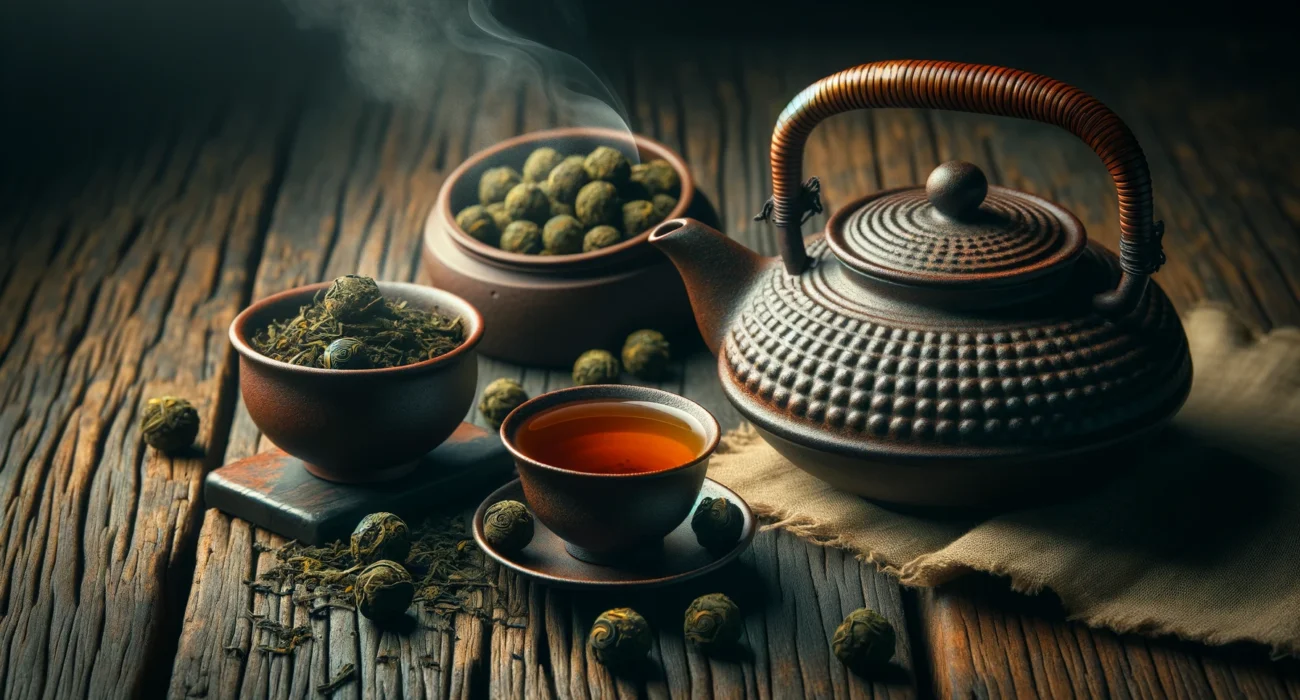The Future of Green Tea: Trends and Innovations
Green tea has long been cherished for its delicate flavor profiles, health benefits, and cultural significance, especially in countries like China and Japan. However, antioxidant green tea as global interest in wellness and sustainability grows, green tea is experiencing a renaissance, with new trends and innovations shaping its future. Here are some of the most exciting developments in the world of green tea.
Explore The Future of Tea and learn about Future of Tea. Discover innovations like Precision Beauty Antioxidant Green Tea and Tea and Hot Drinks Innovation. Stay ahead with Futetea, Green Tea Technology, and Tea Innovations. Discover Tea Future, Future Tea, and New Tea Trends today!
1. Craft and Specialty Teas
The demand for craft and specialty teas is on the rise, with consumers seeking unique, high-quality experiences. However, Small-batch productions focusing on terroir—the unique characteristics imparted by the tea’s geographical origin—are becoming more popular. This trend mirrors the craft coffee movement, emphasizing the skill of the tea maker, the quality of the leaves, and the story behind each cup.
2. Sustainability and Ethical Practices
As awareness of environmental issues increases, there’s a growing demand for green tea produced through sustainable and ethical practices. Consumers are more interested than ever in how their tea is grown, harvested, and processed. Tea brands that prioritize organic farming, fair trade practices, and biodegradable packaging are gaining favor, signaling a shift towards more responsible consumption.

3. Health-Infused Innovations
Innovations that amplify the health benefits of antioxidant green tea are becoming mainstream. Matcha, know for its high antioxidant content, is leading this trend. but other innovations are not far behind. These include green tea infused with additional superfoods like turmeric or spirulina, as well as green tea-based supplements and beauty products capitalizing on its reputed health benefits.
4. Cold Brew and Ready-to-Drink
Cold brew antioxidant green tea is carving out its niche alongside cold brew coffee, appealing to consumers looking for refreshing, healthy beverages. This method of brewing tea in cold water over several hours extracts a different flavor profile—smoother and less bitter than tea steeped in hot water. The convenience of ready-to-drink (RTD) bottled green teas is also gaining traction, with innovations in flavor, sweetness levels, and carbonation to appeal to a wider audience.
5. Culinary Experiments
Green tea is breaking out of the beverage category and finding its way into a variety of culinary creations. From matcha-flavored ice creams and lattes to savory dishes that use antioxidant green tea as a spice or flavoring agent, Because the possibilities are endless. This trend is drive by both professional chefs and home cooks experimenting with green tea’s versatile flavor.

6. Technology-Enhance Production and Packaging
Firstly Advancements in technology are impacting the way green tea is produce and package. Precision agriculture techniques are being employ to optimize harvests and ensure the highest quality of tea leaves. At the same time, innovative packaging solutions are being develop to extend. The shelf life of green tea without compromising its flavor or health benefits.
7. Tea Tourism and Experiences
The concept of tea tourism is gaining momentum, with tea enthusiasts traveling to tea-producing regions to experience the culture, history. Tea trends 2024 And traditions of tea firsthand. This includes tours of tea plantations, moreover tea-making workshops, and tastings of rare and exclusive teas. So, it’s an immersive way for consumers to connect with the product and learn about the nuances of green tea production.
8. Mindfulness
The new spirituality movement gains traction, as consumers expand their curiosity for areas like astrology, soul care, energy healing and alternate states of being, as our notion of things like “soul” and “energy” expand beyond traditional denominations. Stemming from our collective need for purpose and clarity, consumers want to take better care of themselves from a mind, body and soul standpoint, viewing soul care as crucial as physical health.
While tea has always been an inherently calming beverage, we’re seeing brands add in a dimension of spirituality for a deeper, more soulful experience. We’re seeing numerous tea brands offer blends that align with lunar cycles., As the moon becomes a major focus of wellness. Brands like Magic Hour are creating products that celebrate the sacred ceremony of tea through moon and astrology-themed blends. We’re also starting to see tea use this spiritual inspiration to move away from traditional forms like tea bags, with brands like Taylor Half Baked introducing their Tea Gems, which are crystal-inspired solid tea cubes that feature a sugar base surrounding edible flowers and a flavored tea bag, which dissolves in water for an unconventional experience.
9. Celebration
After such a long period of global stress and isolation. Consumers are eager to heal ourselves through human connection and the power of communal bonds. To that end, our concept of self-care shifts to encompass a broader perspective that values interconnectivity and the strength of the community. There’s a real need to come together and celebrate one another through positive and mood-boosting products and experiences. As well as supporting our global community by buying from philanthropic, charitable brands.
Within tea, we’re seeing this play out in a variety of ways: First, there’s a rise of hybrid, feel good teas, with a particular emphasis on alcoholic-infused blends or sparkling options that offer a healthier alternative to sodas. We’re seeing examples like Hape Sake’s tea and sake blended beverages. Along with Fortnum and Mason’s sparkling teas, which come in a champagne-like bottle and fun varieties like rosé. These new products are helping to shift the perception of tea trends 2024 from a purely calming beverage to an indulgent treat that is worthy of a place at special celebrations and party nights
Conclusion
Explore the future of tea in our latest article on tea and hot drinks innovation, where we spotlight breakthrough ideas like precision beauty antioxidant green tea and advanced green tea technology. The evolution of innovation tea is reshaping the industry, setting the stage for tea trends 2025 and beyond.
Step into the future of tea with Earthly Bliss — where tradition meets transformation. Our exploration of tea and hot drinks innovation reveals the next wave of wellness through unique blends and bold formulations. Discover the rise of tea innovation and why experts predict exciting tea trends 2025 that fuse nature with science. Curious about green tea benifits? Learn how future-forward infusions enhance the benifits of green tea for body and mind. From rare green tea gems to the emerging phenomenon of Futetea, we’re redefining what it means to sip with purpose. Join the evolution of wellness with teas that inspire, energize, and heal.
the way we sip and unwind. Explore the powerful green tea benefits and understand the real benefits of green tea for modern lifestyles. Step into the futetea era with breakthrough tea future insights and tea innovation trends. Whether you’re looking for the benefit of green tea in your diet or want to stay ahead with tea innovations and innovation tea, we highlight new tea trends and the top five functional tea trends defining the future tea market. Don’t miss the exciting rise of green tea gems revolutionizing your cup.

